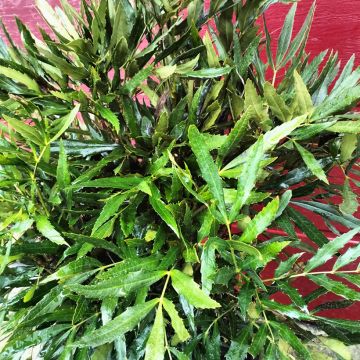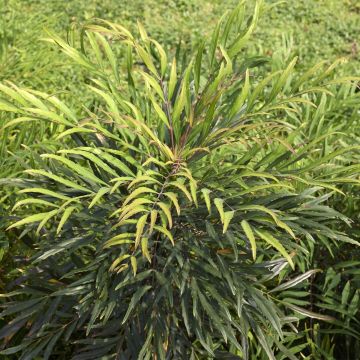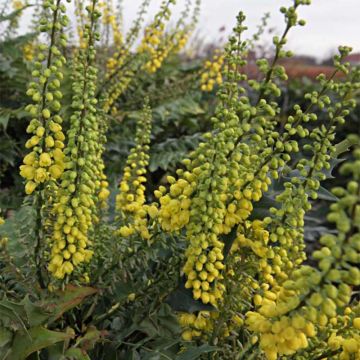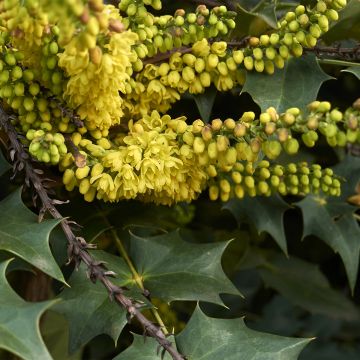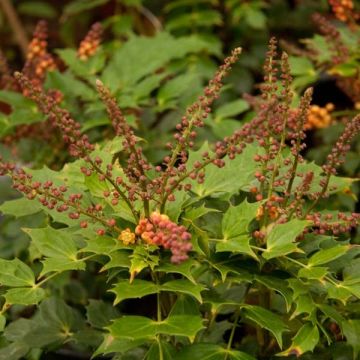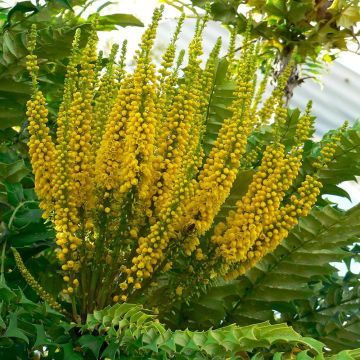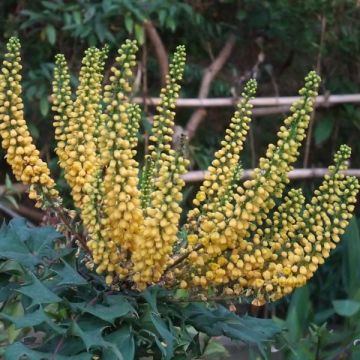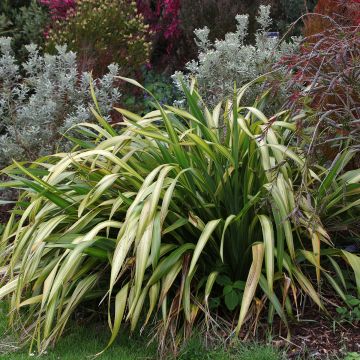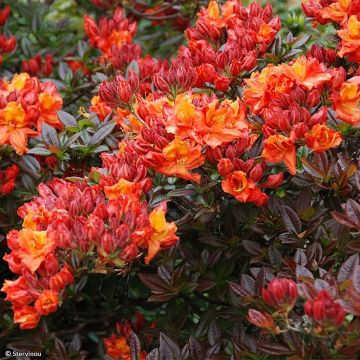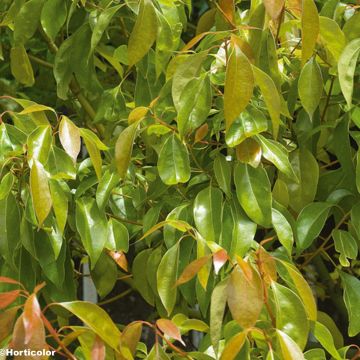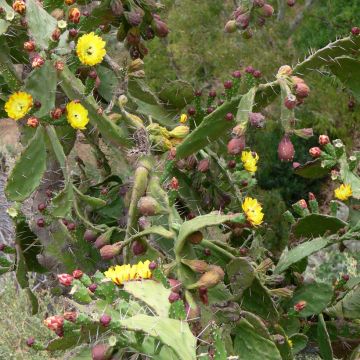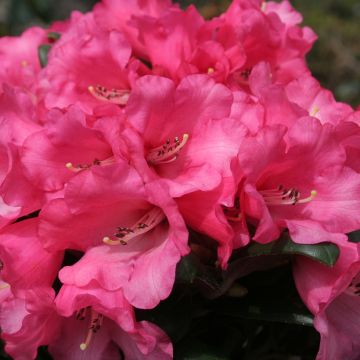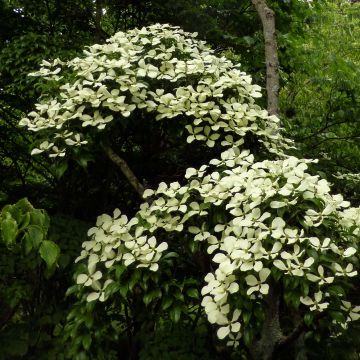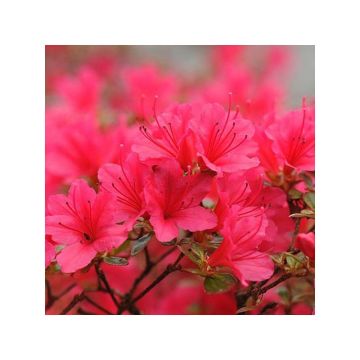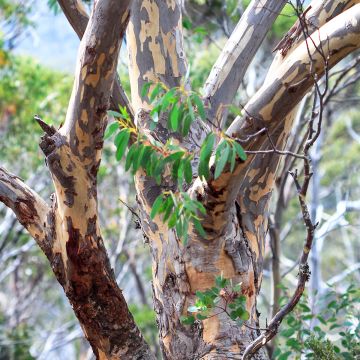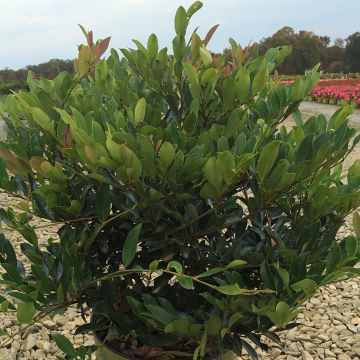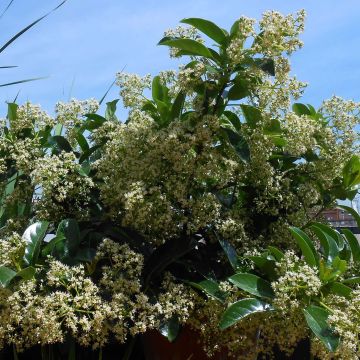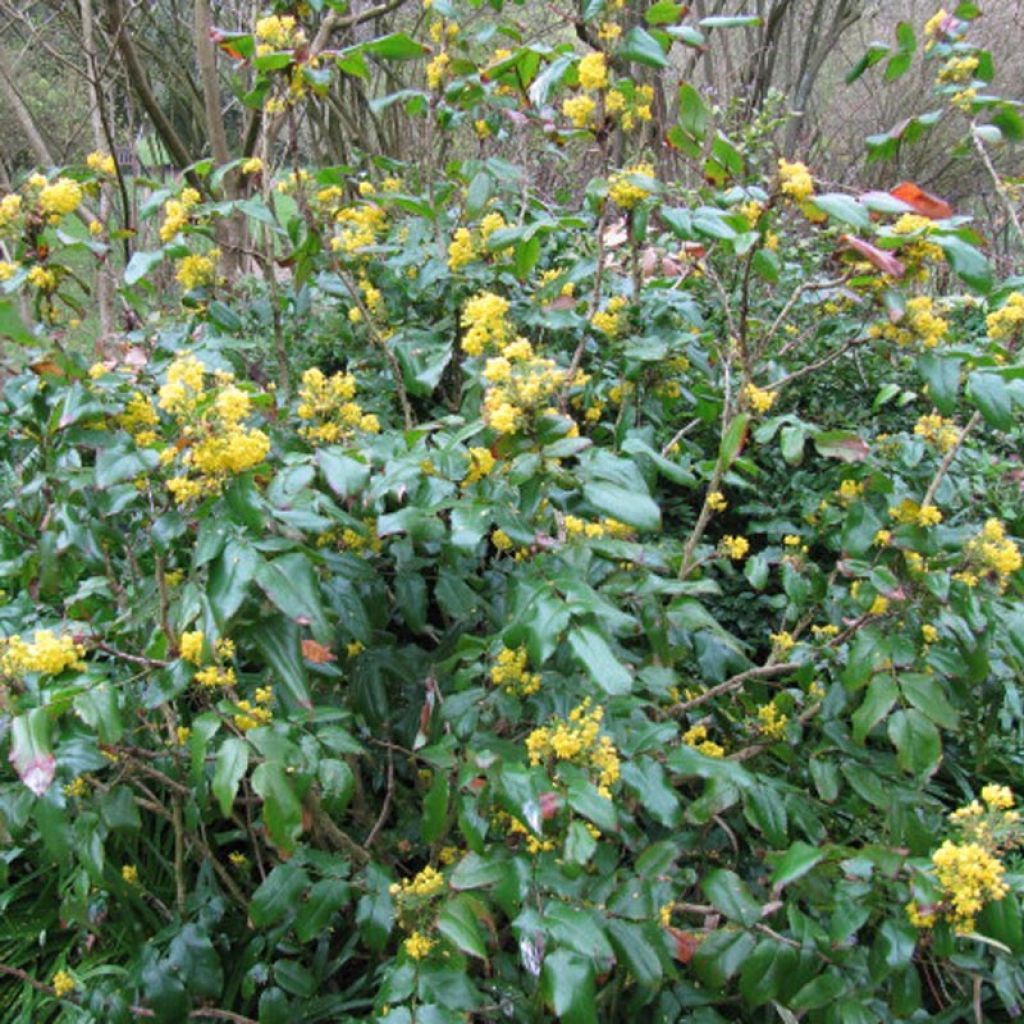

Mahonia aquifolium
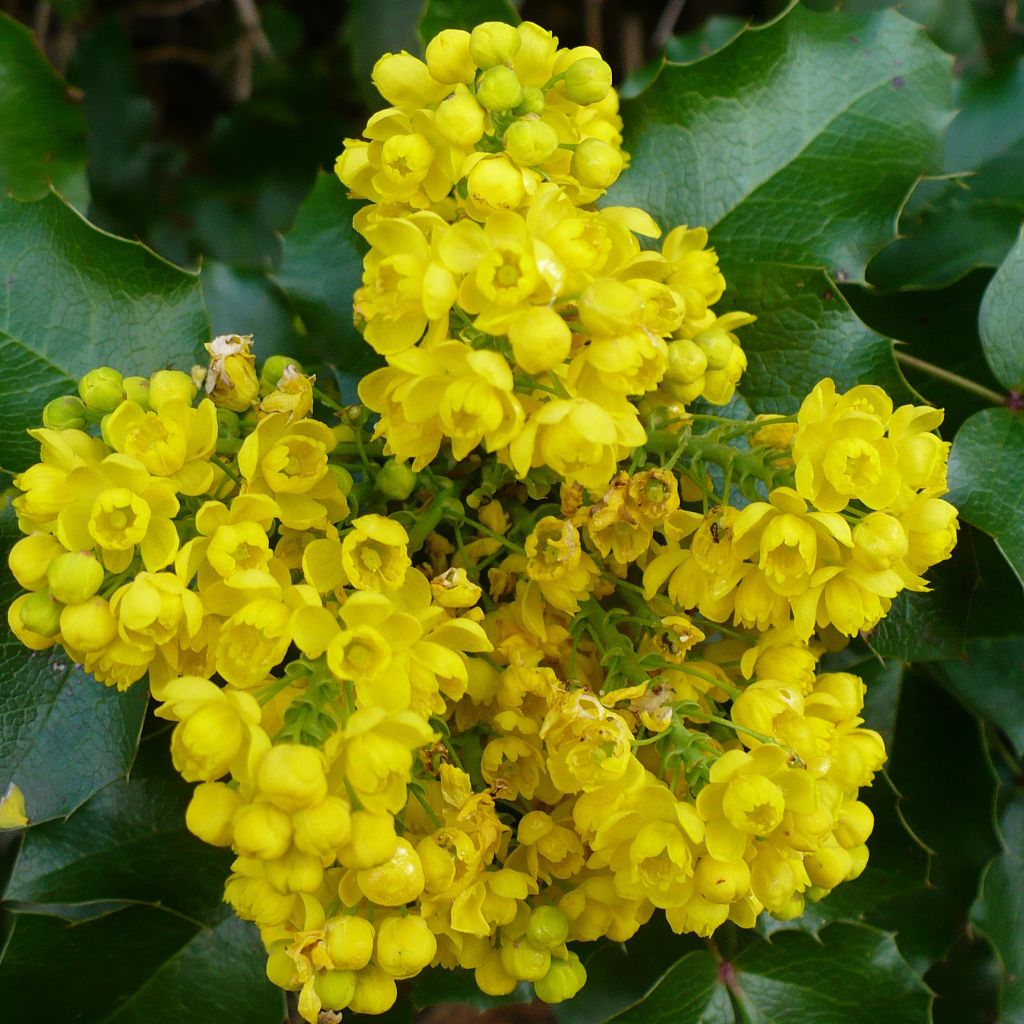

Mahonia aquifolium
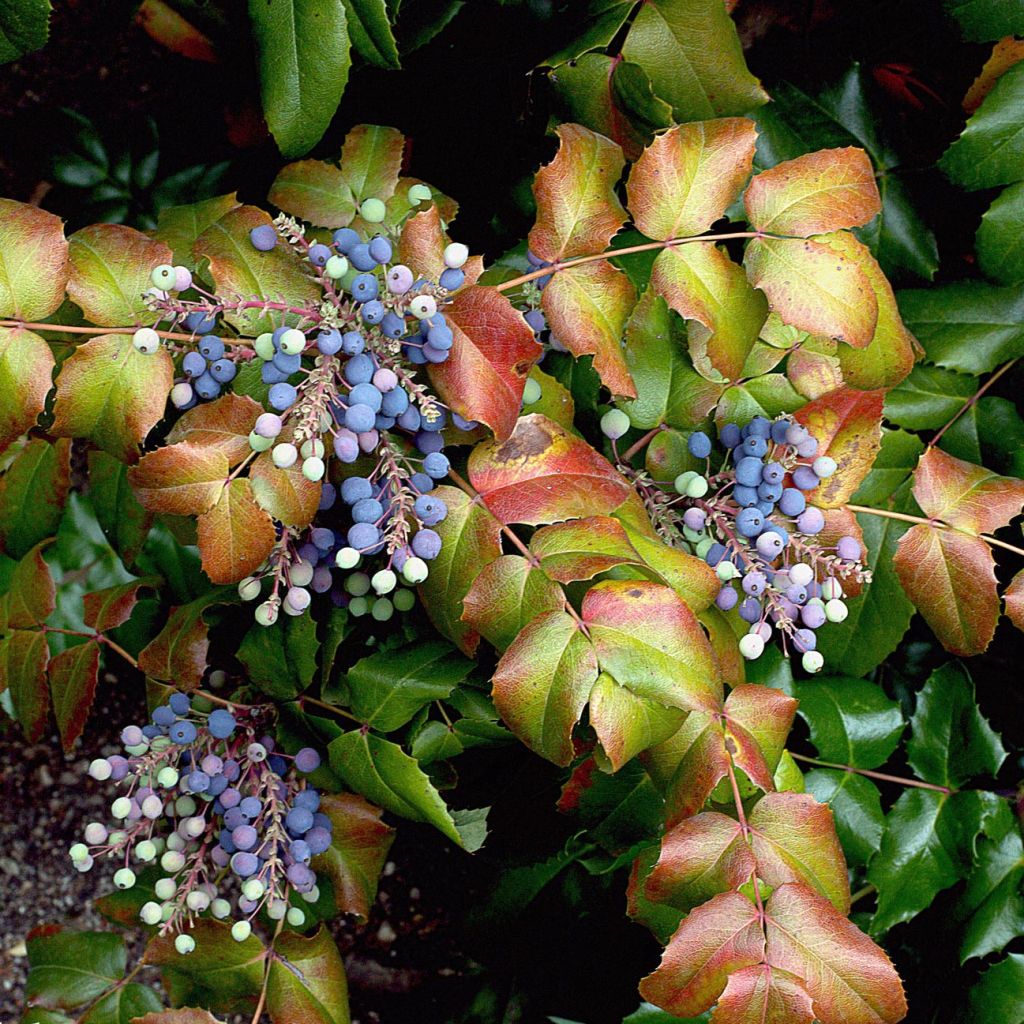

Mahonia aquifolium
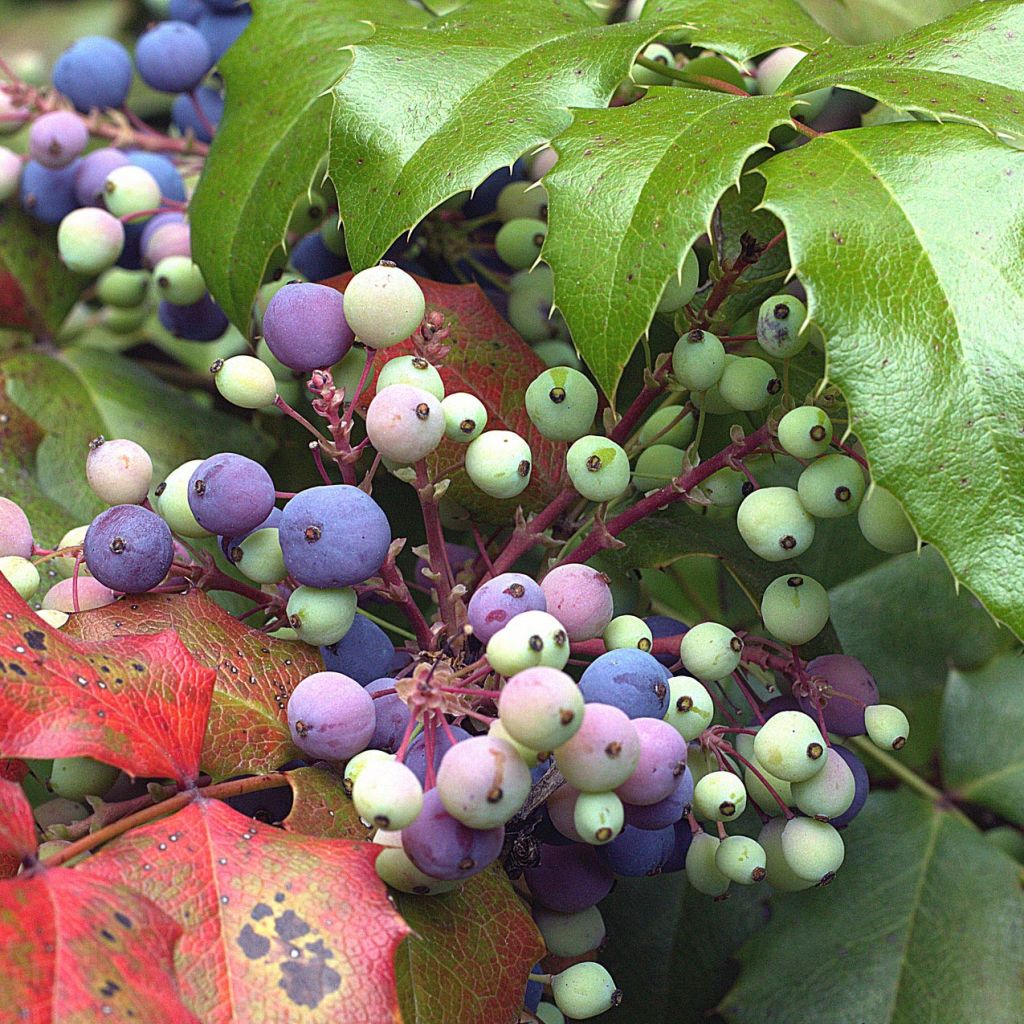

Mahonia aquifolium
Mahonia aquifolium
Mahonia aquifolium
Oregon Grape, Holly-leaved Barberry
This item cannot be shipped to the selected country
Delivery charge from €5.90
Delivery charge from €5.90
Delivery charge from €5.90
More information
Delivery charge from €5.90
Delivery charge from €5.90
Delivery charge from €5.90
More information
Schedule delivery date,
and select date in basket
This plant carries a 24 months recovery warranty
More information
We guarantee the quality of our plants for a full growing cycle, and will replace at our expense any plant that fails to recover under normal climatic and planting conditions.
From €5.90 for pickup delivery and €6.90 for home delivery
Express home delivery from €8.90.
From €5.90 for pickup delivery and €6.90 for home delivery
Express home delivery from €8.90.
From €5.90 for pickup delivery and €6.90 for home delivery
Express home delivery from €8.90.
Does this plant fit my garden?
Set up your Plantfit profile →
Description
The Mahonia aquifolium, also known as Berberis aquifolium, better known by its names of False Holly Mahonia or Holly-leaved Mahonia, is a small, bushy, thorny shrub with beautiful evergreen foliage similar to that of holly, which turns more or less purple in winter. Its small clusters of golden and fragrant flowers, radiating beauty, will remind gardeners in cold regions of the flowering of mimosas in late winter. With decorative fruiting in summer, this shrub is decorative all year round. In addition to all these qualities, it has a very accommodating character that allows it to thrive in all climates, in any soil, even in the shade of large trees.
The Mahonia aquifolium is an evergreen shrub with a trailing rhizome, slightly suckering. It belongs to the berberidaceae family, just like Berberis, Nandina, and Epimedium for example. It is a botanical species native to the northwest of the U.S.A., particularly California, Oregon, and British Columbia. The shrub has been naturalized in western Europe for a long time. Unlike Asian species, this Mahonia tolerates the presence of limestone in the soil and is content with ordinary soil, even dry in summer once well established.
The Mahonia aquifolium has a bushy, well-branched habit. Its growth is rather slow, reaching about 1m (3.3ft) in all directions at the age of 10 years, on average 1.50m (4.9ft) in the long run depending on the growing conditions. Its 30cm (11.8in) long leaves are alternately arranged on the branches. They are composed of tough, spiny leaflets, of a bright green colour. Under the effect of winter cold, they turn purple, especially if the plant receives some sun. Its flowers appear from the month of February, small and assembled in pyramidal clusters 10cm (3.9in) long, a beautiful bright yellow colour and fragrant. After pollination by insects, they are followed by black-blue berries. This beautiful fruiting has earned this shrub its nickname "Oregon grapevine."
Perfectly hardy, tolerant of summer drought and unaffected by the roots of large trees, Mahonia aquifolium is a versatile shrub that is not often considered for filling difficult areas of the garden. Resistant to wind and urban pollution, with normal to fast growth depending on the conditions, it tolerates full sun in cool regions or dense shade in hot climates. Few shrubs have as many qualities in their repertoire, making them almost indispensable in the garden. Mahonia aquifolium responds well to pruning, for example in a hedge. It can be used individually, in a shrub bed, as a defensive hedge, in a container, or for retaining slopes. In this case, prune it short every year after flowering. Sacred bamboo and Sarcococca will be good companions in the dappled shade under large trees. In sunnier areas, it will blend perfectly with Mexican orange blossom, escallonias, or Abelias, for example.
Tip: Do not plant too densely in flower beds, as it prefers an airy environment and spreads through suckers without being invasive.
The name Mahonia was given to this shrub in honour of Bernard Mc Mahon, an American botanist (1755-1816).
Mahonia aquifolium in pictures
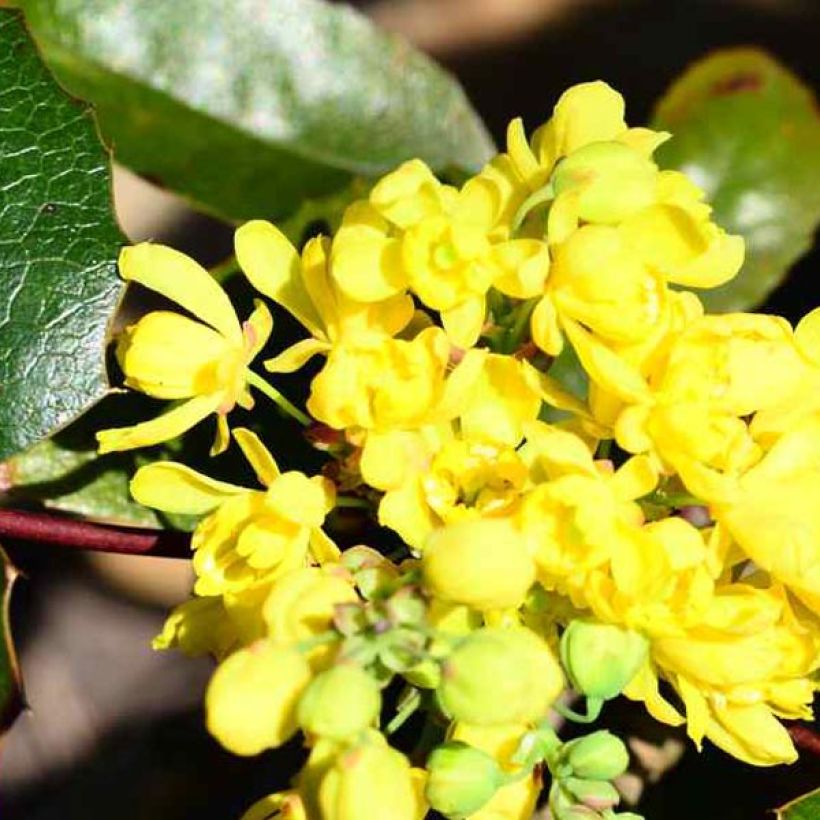

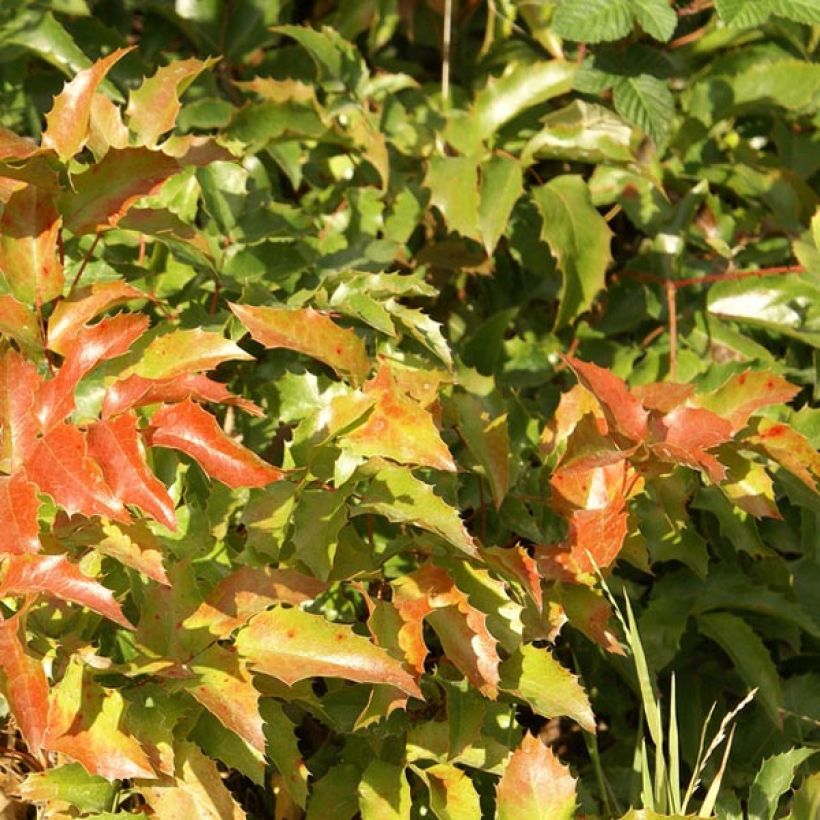

Plant habit
Flowering
Foliage
Botanical data
Mahonia
aquifolium
Berberidaceae
Oregon Grape, Holly-leaved Barberry
North America
Other Mahonia
Planting and care
Mahonia aquifolium is best planted in spring or autumn, in a well-prepared, slightly acidic, neutral or even chalky soil that is not too compact. Resistant to wind and pollution, it can tolerate full sun or dense shade. Once well-rooted, it requires no watering. Prune after flowering to maintain a regular and harmonious shape. Often attacked by powdery mildew in humid climates, treat preventively with a fungicide. Rust, which produces small orange spots on the underside of the leaves, is quite common. Treat it as soon as the first symptoms appear. Do not plant too close together in flower beds, as it prefers a well-ventilated environment.
Planting period
Intended location
Care
-
, onOrder confirmed
Reply from on Promesse de fleurs
Evergreen shrubs
Haven't found what you were looking for?
Hardiness is the lowest winter temperature a plant can endure without suffering serious damage or even dying. However, hardiness is affected by location (a sheltered area, such as a patio), protection (winter cover) and soil type (hardiness is improved by well-drained soil).

Photo Sharing Terms & Conditions
In order to encourage gardeners to interact and share their experiences, Promesse de fleurs offers various media enabling content to be uploaded onto its Site - in particular via the ‘Photo sharing’ module.
The User agrees to refrain from:
- Posting any content that is illegal, prejudicial, insulting, racist, inciteful to hatred, revisionist, contrary to public decency, that infringes on privacy or on the privacy rights of third parties, in particular the publicity rights of persons and goods, intellectual property rights, or the right to privacy.
- Submitting content on behalf of a third party;
- Impersonate the identity of a third party and/or publish any personal information about a third party;
In general, the User undertakes to refrain from any unethical behaviour.
All Content (in particular text, comments, files, images, photos, videos, creative works, etc.), which may be subject to property or intellectual property rights, image or other private rights, shall remain the property of the User, subject to the limited rights granted by the terms of the licence granted by Promesse de fleurs as stated below. Users are at liberty to publish or not to publish such Content on the Site, notably via the ‘Photo Sharing’ facility, and accept that this Content shall be made public and freely accessible, notably on the Internet.
Users further acknowledge, undertake to have ,and guarantee that they hold all necessary rights and permissions to publish such material on the Site, in particular with regard to the legislation in force pertaining to any privacy, property, intellectual property, image, or contractual rights, or rights of any other nature. By publishing such Content on the Site, Users acknowledge accepting full liability as publishers of the Content within the meaning of the law, and grant Promesse de fleurs, free of charge, an inclusive, worldwide licence for the said Content for the entire duration of its publication, including all reproduction, representation, up/downloading, displaying, performing, transmission, and storage rights.
Users also grant permission for their name to be linked to the Content and accept that this link may not always be made available.
By engaging in posting material, Users consent to their Content becoming automatically accessible on the Internet, in particular on other sites and/or blogs and/or web pages of the Promesse de fleurs site, including in particular social pages and the Promesse de fleurs catalogue.
Users may secure the removal of entrusted content free of charge by issuing a simple request via our contact form.

































